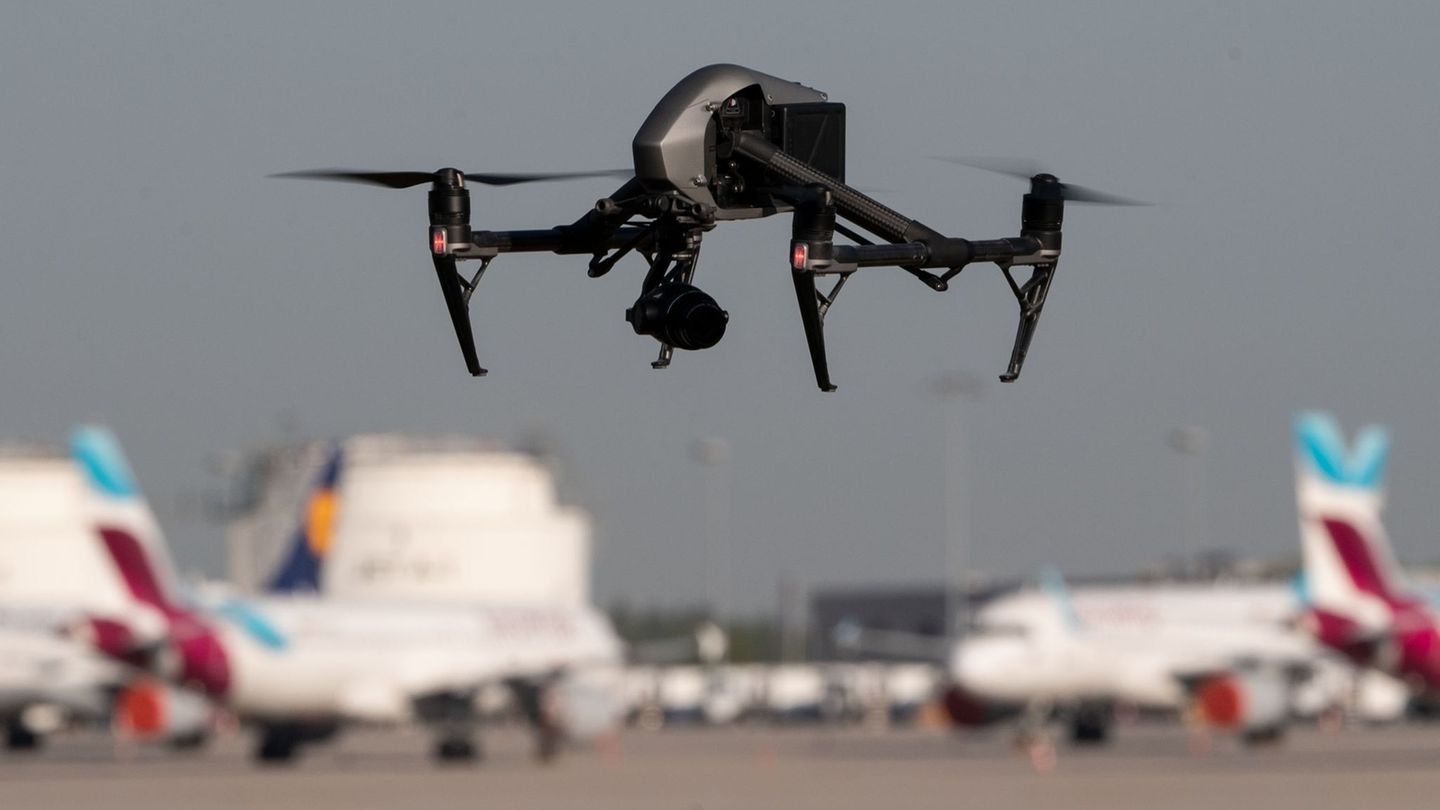Seat gives its compact model Ibiza a facelift. However, this is rather subtle and is largely limited to optical retouching.
It is Seat’s most successful model: the Ibiza has rolled off the assembly line at the Spanish parent plant Matorell almost six million times since it went into series production in 1984. The fifth generation of the small car, which is in the same class as the VW Polo or the Opel Corsa, has now arrived. Since 2017, Seat has been using the little one vigorously what the VW group shelf has to offer. It is the first model in the group to be based on the modular transverse matrix (MQB) on which the Polo is also based. After four years, Seat is now giving the Ibiza a little facelift.
And that is purely of a visual nature – Seat itself speaks of “subtle changes to the exterior design”. On the outside, you can only recognize the new model by the revised light alloy wheels and the now standard LED lights. If you take a closer look, you might notice the new model lettering, which now adorns the rear in a handwriting look. You have to take a closer look to see the difference between the Seat logo and the previous model: it is now made of two-tone chrome. Length, height and width have remained the same at 4,059, 1,780 and 1,447 mm, as has the wheelbase at 2,564 mm.
Much more has happened inside. The Spaniards have completely redesigned the cockpit. The whole dashboard now looks more valuable and flattering to the touch. On request, there is a digital instrument cluster directly in front of the driver, with easy-to-read navigation in the middle and a rev counter and speedometer to the left and right of it. It takes a bit of getting used to: the speedometer turns counterclockwise. In the middle of the dashboard is the infotainment display (optionally 8.25 or 9.2 inches) with navigation, multimedia and fine-tuning of the vehicle parameters. It is now higher up and better in the driver’s field of vision. Also new as an option: the multifunction steering wheel wrapped in nappa. The designers played a little with the ventilation openings of the air conditioning system: They are colorfully bordered and shine discreetly in the dark in the higher equipment series. The seats are comfortable and suitable for long journeys. There is plenty of space at least at the front, but it is a bit tight at the back, as is usual for this class. The cargo space holds 355 liters as usual.
Seat is also particularly proud of the networking options that the face-lifted Ibiza offers. Apple CarPlay and Android Auto can be fully integrated. At least for navigation, you don’t necessarily need a smartphone – the on-board navigation system is much better and more convenient. Natural voice control is available on request, which can be activated with the Spanish greeting “Hola, hola”. It also understands sentences like “I’m hungry” and then shows the nearest restaurants.
There are also additional electronic aids for an additional charge. Seat Connect, for example, networks the car with Seat customer service and emergency services via a built-in eSIM, an app connects the Ibiza with its owner’s smartphone and provides information about the vehicle. With Tavel Assist, Seat offers semi-autonomous driving across the entire speed range. In addition, there are the usual assistants such as those for high beam, for changing and keeping lanes or for recognizing traffic signs.
Otherwise everything stays as it was. Under the hood, Seat offers six different engines between 59 kW / 80 PS and 110 kW / 150 PS. Among them is a natural gas engine (CNG), the rest are petrol – a diesel is no longer in the range. There is a choice of manual gearshift or a very finely tuned DSG dual clutch transmission, which in sport mode first turns significantly higher before shifting. The 150 hp petrol engine in the Ibiza FR in particular puts you in a good mood: With a maximum torque of 250 Nm, it delivers the sprint from 0 to 100 in 8.1 seconds and has a top speed of 216 km / h. That is always enough for brisk overtaking or fast motorway stretches.
The suspension is still a bit rough, he swallows smaller bumps on the road without complaint, over larger faults – such as level crossings – he rumbles over it rather reluctantly. After all, the 1.5-liter gasoline engine never sounds exhausted and the volume is also kept within pleasant limits. Steering, cornering, straight-line stability – good. You feel that you are in good and safe hands in the little runabout.
The prices for the new Seat Ibiza start at 14,950 euros for the 80 hp version with manual transmission. For the 150 hp Ibiza FR you have to make at least 24,900 euros easily.
I am a 24-year-old writer and journalist who has been working in the news industry for the past two years. I write primarily about market news, so if you’re looking for insights into what’s going on in the stock market or economic indicators, you’ve come to the right place. I also dabble in writing articles on lifestyle trends and pop culture news.




